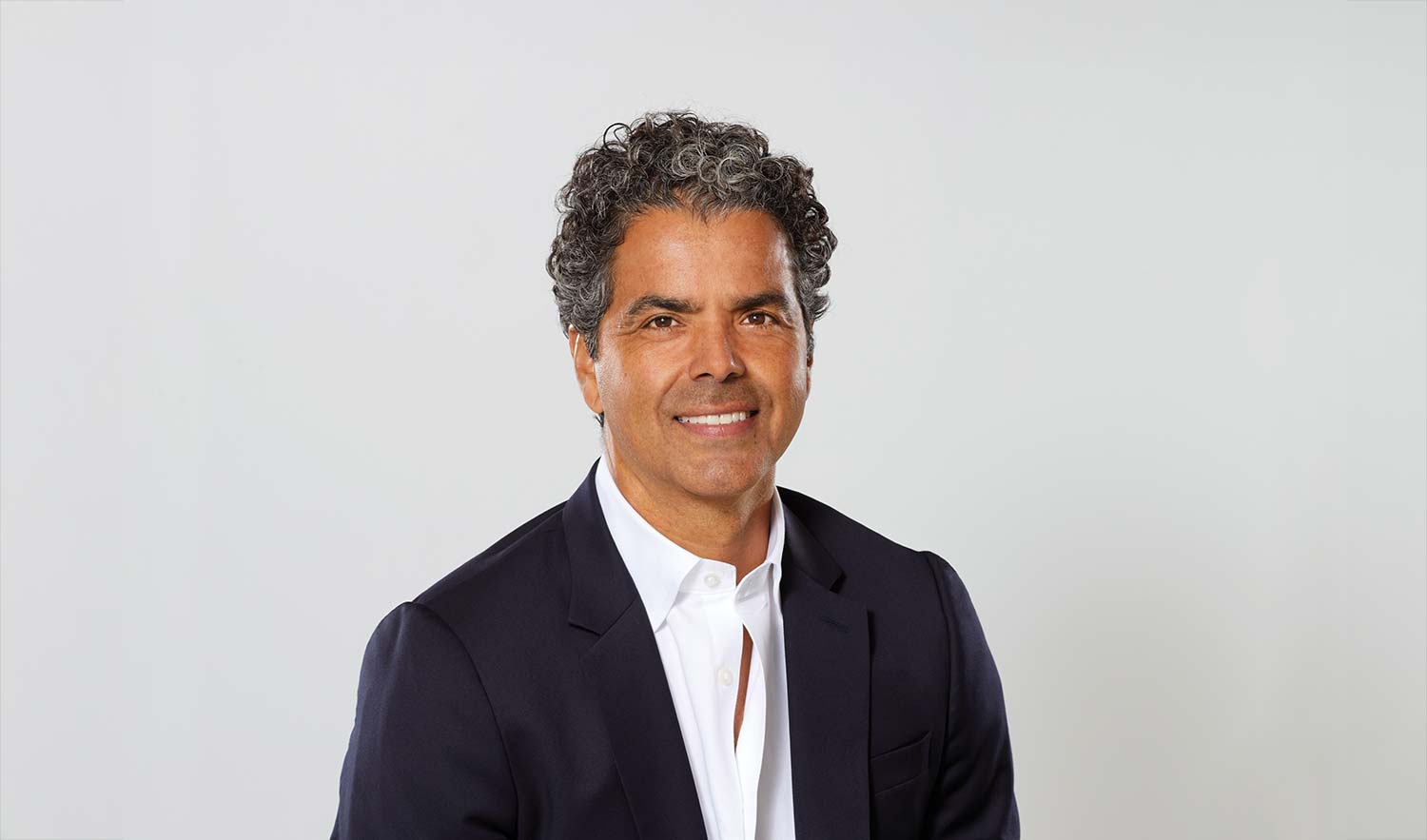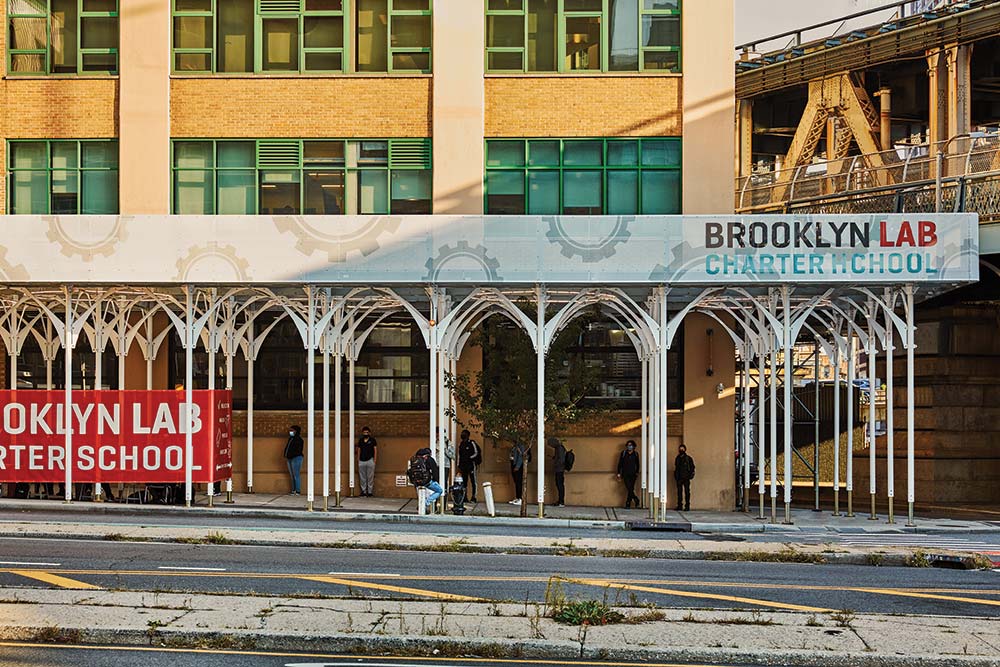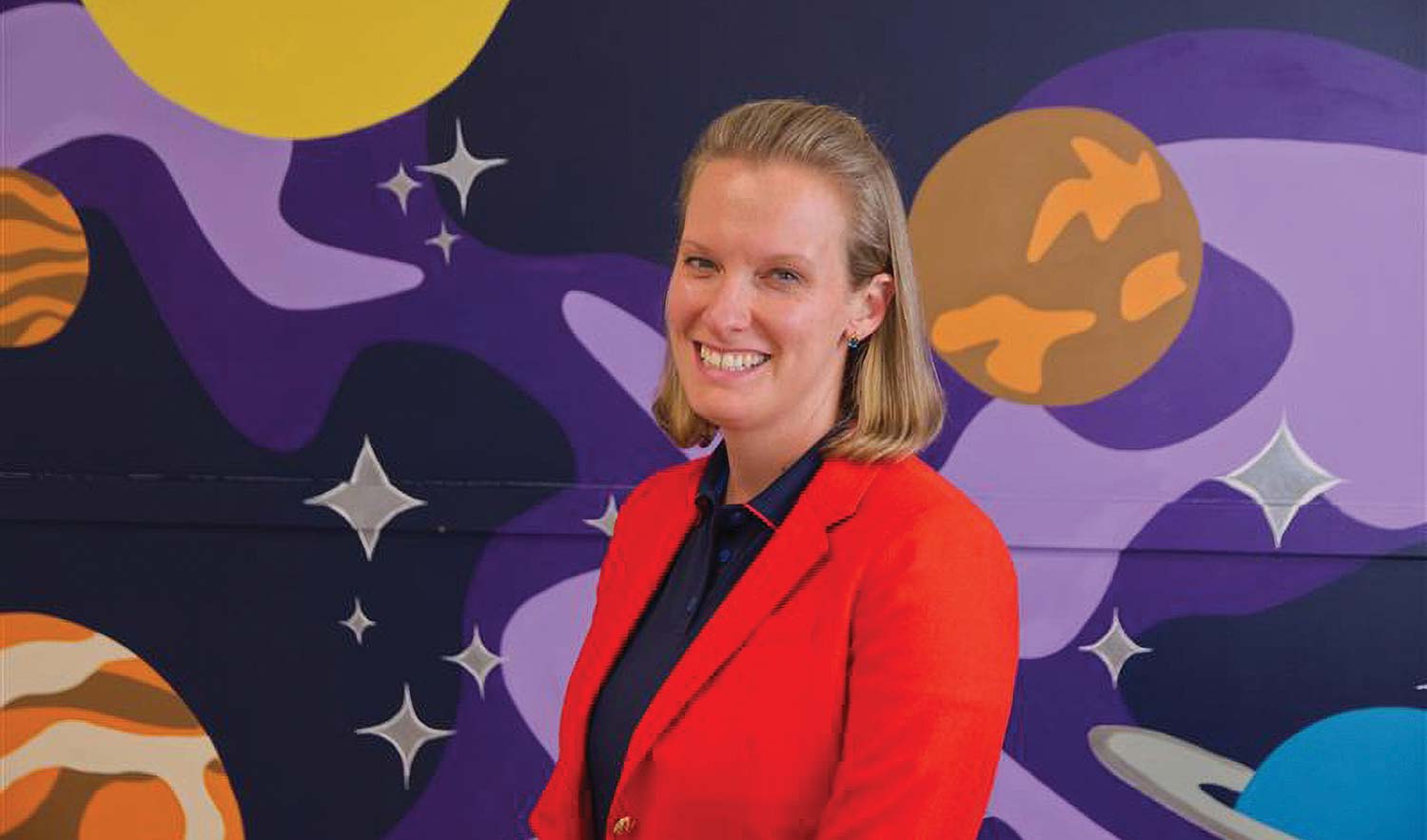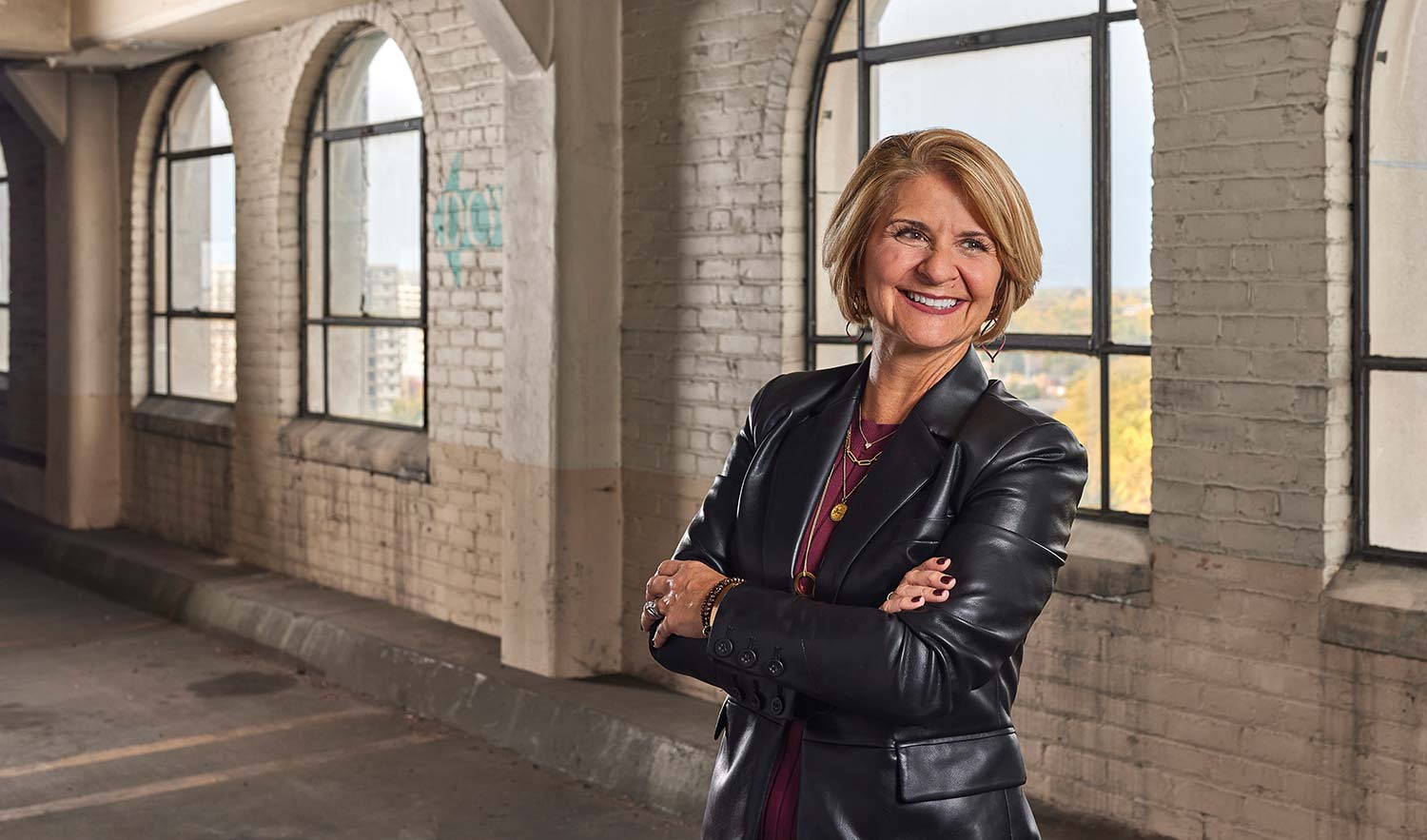
Engineered for Success
Andrés Cortés, B.S. Arch ’97, combines a love of buildings and entrepreneurial spirit to co-lead New York architecture and engineering firm.
Even as an undergraduate, Andrés Cortés, B.S. Arch ’97, had a “little bit of an entrepreneurial streak.” Cortés was working his way through college as manager of an Ann Arbor coffee shop when the owners approached him with his first side gig: designing a new addition next to the former home of Ulrich’s Bookstore. “Shockingly, they built it as I had designed it,” he says.
Later, during his graduate studies at Columbia University, Cortés continued to pursue freelance work en route to earning his master’s, becoming a licensed architect, and co-founding his own New York-based firm, Agencie, with his wife in 2007.
“We are an architecture and engineering practice that believes construction is the consummate architectural act,” Cortés says. “We try to optimize all of the work around constructability and construction methodology and materials, so that a work of architecture can also be thought of as a work of engineering.”
Today, that ethos and entrepreneurial drive, along with a spark for architecture he picked up at Taubman College, have served him well. The award-winning New York firm’s portfolio includes hundreds of projects across residential, retail, entertainment, and sports sectors, as well as a successful spinoff business, supplying proprietary specialty scaffolding across the United States and Canada.
‘Psyched About Buildings’
Growing up in Colombia and South Florida as the son of real estate developers, Cortés was well acquainted with construction sites from a young age, but he didn’t develop a passion for buildings until later. At the University of Michigan, his first interests were art history and English before making the leap to architecture. “Once you become an architecture student, you’re head over heels in love,” he says. “You’re just so psyched about buildings.”

He fondly remembers studying construction technology with Annette Lecuyer, architecture history with Lydia Soo, and drawing with Melissa Harris. He was also challenged by Jason Young, who brought a background in engineering that “filled another part of your brain.
New York State of Mind
Before launching Agencie, Cortés worked briefly for a couple of other New York firms, including B Five Studio, a smaller office renowned for its talented designers and work with high profile clients, including musician Billy Joel. There, Cortés got the opportunity to work with two principals on the interior of comedian and actor Jerry Seinfeld’s home.
“The Seinfeld experience was informative in how far into design work you can get, and it was a nice little feather in my hat at the time,” he says.
As principal architect at Agencie, Cortés wears many hats today, from design to client relations to financial oversight to human resources. Some days he takes out the trash. He’s still highly involved in the creative process, but sometimes that looks more like strategically building talented teams and pushing them to do their best work than putting pencil to paper.
Notable projects by the 20-person team include updating Times Square’s Hotel Langwell, renovating the historic Brooklyn Army Terminal to become the new headquarters of Uncommon Goods, and contributing sheltering canopies for the new terminal at JFK International Airport.
Soon after launching, the firm developed its hallmark project, hitting on a novel approach to scaffolding that solved for functionality and aesthetics.
“There’s scaffolding all over the city to protect pedestrians, as these buildings are aging and the city is densifying, and also as the city is becoming more vertical,” Cortés explains. “So how do we protect the public right of way without obstructing the experience of the city?”
After winning the urbanSHED international design competition in 2009 with their Urban Umbrella scaffolding, Cortés and his wife created a separate business to supply it to cities around the U.S. and Canada before selling it in 2019. “It speaks to the heart of our approach, because it’s both a work of architecture and a work of engineering, and it’s a public facing project,” he says.
‘We’re Doers’
Although he’s 500 miles from Ann Arbor, Cortés’ core group of friends in New York are friends he made at Michigan, and it’s not uncommon to cross paths with other alumni, or even work on a project together. He and his family get back to Ann Arbor fairly regularly, too.
Cortés’ pragmatic approach to design has sometimes kept him from appreciating his own creativity, but he’s coming around to it. “It took me years into my career where I was like, ‘Wait a minute; I’m a creative design professional, and this is how I make a living,’” he says.
Ultimately, though, it’s still mostly about seeing that creativity come to life in the real world as a finished product.
“We’re doers,” he says. “At the end of the day, I think most architects like to see things get done.”
To that end, even a building he doesn’t like looking at can be a point of pride. For example, that first commission, at 1101 S. University Ave., which has since been home to an Espresso Royale and now M36 Coffee Roasters. Although he doesn’t care much for the design today, it’s nice to see his mark on campus when he visits. “It’s the ugliest building I’ve ever done, but I’m very proud that it’s still there,” he says.
— Eric Gallippo









